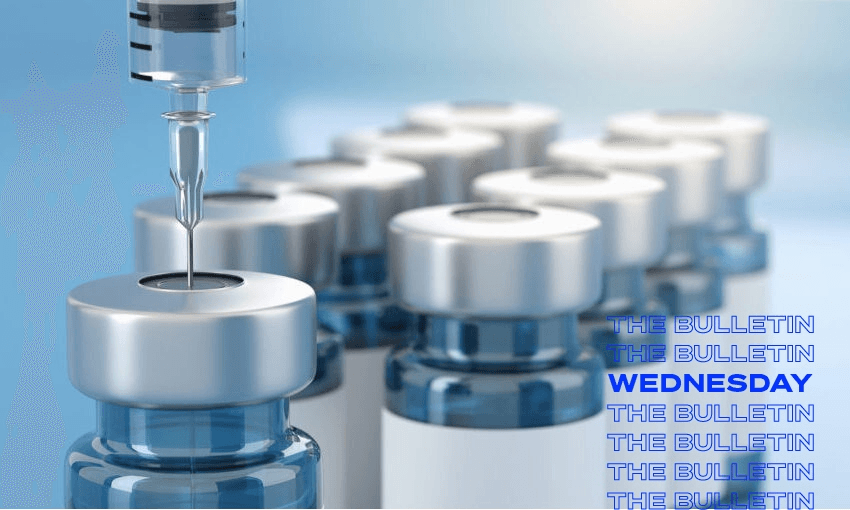New modelling provides insights into what the omicron outbreak could do over the next four months, Justin Giovannetti writes.
The omicron outbreak will likely hit the country’s health system over the coming weeks. Omicron is spreading rapidly in New Zealand, with the daily number of new cases increasing at a rate unprecedented in the country’s Covid-19 pandemic. However, booster shots and restrictions are slowing that pace. Instead of worst case projections that warned of tens of thousands of daily infections by now, the seven-day rolling average of cases is just shy of 200. New modelling released yesterday by Te Pūnaha Matatini shouldn’t be seen as a sure bet on what might happen, but as scenarios of what we might face instead. The modelling helps us prepare for the future, Shaun Hendy told RNZ. The Spinoff’s live updates looked at the modelling, which warns that hospital admissions could range from 200 to 800 daily. That will put enormous strain on the health system, emergency departments could still be overwhelmed.
It was two shots for delta and three for omicron: Ardern. Nearly 40,000 New Zealanders have gone in for a booster shot every day over the past week. As the new modelling shows, those boosted New Zealanders are now the main thing shielding the country from a public health crisis. The outbreak’s peak is now expected to hit in late March and the country’s immunisation campaign is what will help it through omicron. “The only reason we can even contemplate outbreaks totalling hundreds of thousands of cases now is that we have high vaccination rates, drastically reducing the risk of hospitalisation and death,” professor Michael Plank explained to One News.
We’re back to flattening the curve. Two years into Covid-19, the modellers looked at three scenarios for what New Zealand could face: South Australia (low outbreak), London (baseline) and New York (high). The prime minister said at parliament yesterday that she’s expecting the country will fit into the lower category, based on how health measures have worked so far. Those actions are flattening an otherwise steep omicron curve. As the NZ Herald reports, a low-level outbreak based on South Australia’s experience with 90% of New Zealanders boosted would be expected to yield 1.5 million infections, 11,500 hospitalisations and 460 deaths over four months.
Nearly 60% of eligible New Zealanders have now been boosted. Over one million people only became eligible last Friday when the government shaved a month off the waiting period, so that number could rise rapidly in the coming days. As Matthew Scott writes for Newsroom, in the seesaw between omicron and boosters, the boosters are winning so far.
Closing schools will be a ‘last resort’ to control omicron. At this early stage in the outbreak, the ministry of education confirmed to One News that 14 schools and 10 early learning centres are already managing cases. Right now, that means a pivot to online learning for some students and no widespread closures. After two years of disrupted class time, the NZ Herald reports that the prime minister has promised this time will be different. Schools will remain open as long as possible and will likely only close if so many teachers are infected that administrators can’t staff classrooms.
The Spinoff’s Covid data tracker has the latest figures.
